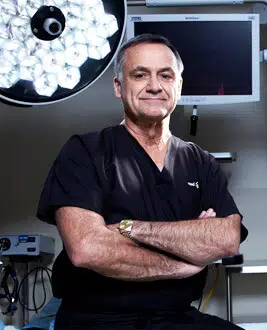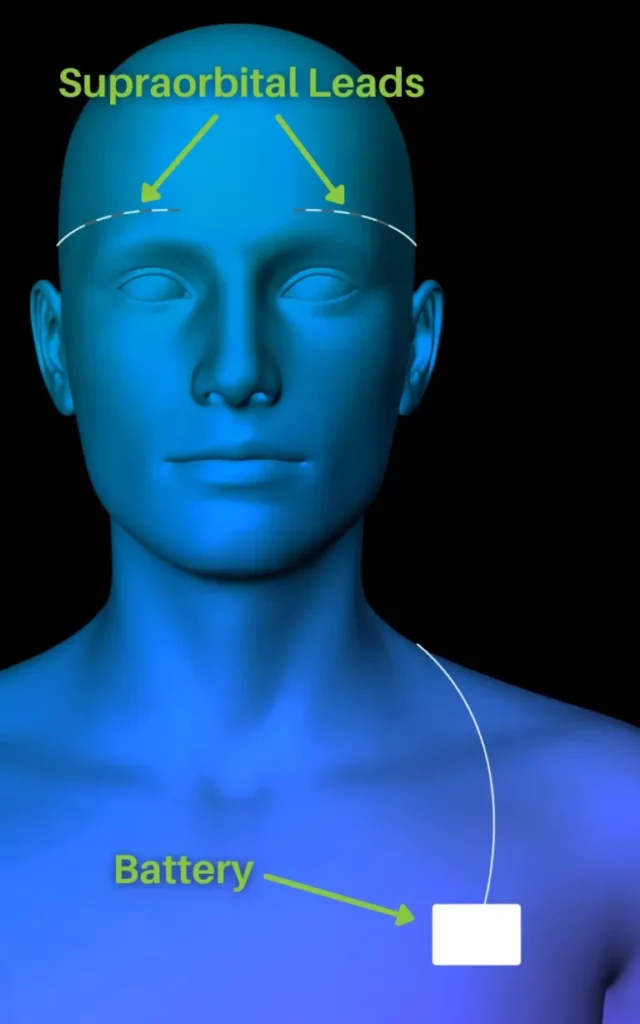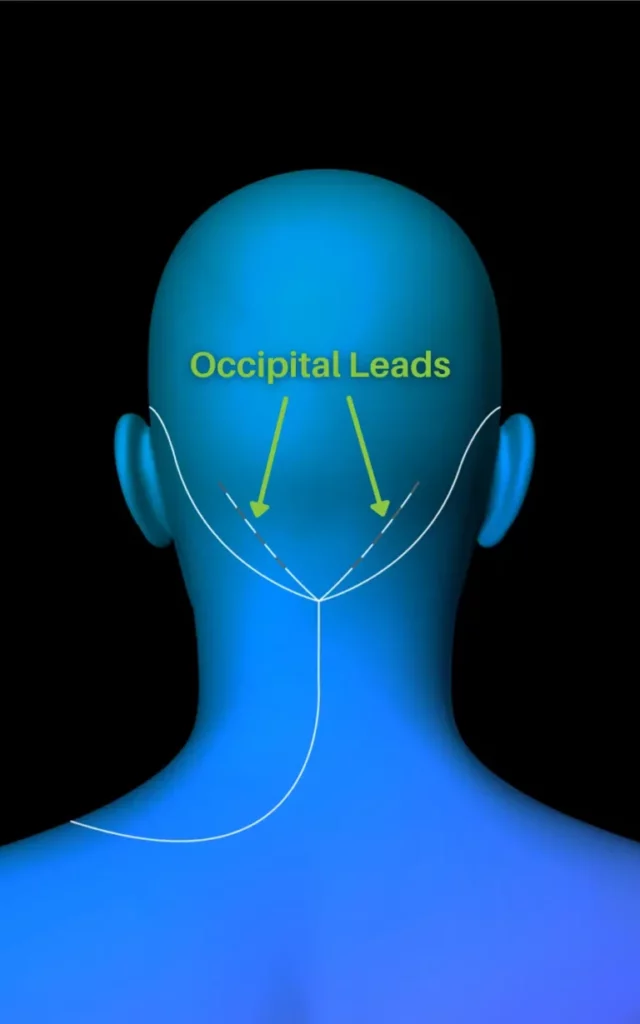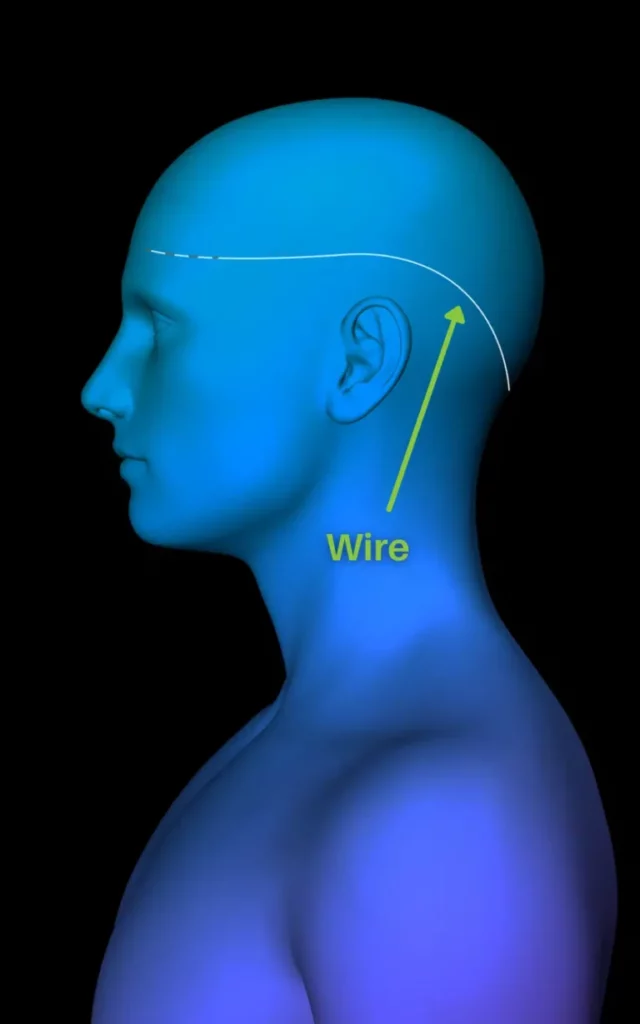
The Reed Procedure®
Developed by Dr. Kenneth Reed, the Reed Procedure® is a groundbreaking peripheral nerve stimulation treatment designed for chronic, severe migraine headaches. This migraine surgery entails implanting an advanced neurostimulator device under the skin in targeted areas to manage migraine headaches. With an impressive success rate exceeding 80%, the Reed Procedure® has proven effective for patients who haven’t responded to traditional migraine treatments.
The Reed Procedure® operates by focusing on the nerves in the supraorbital and occipital regions of the head, which often play a role in migraines. This involves inserting small electrodes beneath the skin to deliver mild electrical impulses to these nerves. This interruption of pain signals helps decrease the frequency and intensity of migraines.
Unveiling the Reed Procedure®: A Glimpse into a Revolutionary Migraine Solution
Illustrations of the Reed Procedure® reveal the strategic placement of the peripheral nerve stimulator device in the head to manage severe migraine headaches. The key components of the stimulator employed in the Reed Procedure® encompass:
- Two leads discreetly positioned just beneath the skin along the supraorbital nerves above each eyebrow.
- Two leads subtly situated beneath the skin along the occipital nerves at the back of the head.
- A battery/pulse generator device discreetly implanted underneath the skin on the left side of the chest.
Although the leads, battery, and connecting wires are superficially positioned under the skin, it’s important to emphasize that they remain unnoticeable externally. The presence of an implanted stimulator is not visually apparent, ensuring the discretion of our patient’s treatment.



How The Reed Procedure® Controls Migraine Headaches
The Reed Procedure® operates by electrically stimulating superficial nerves in the head that play a significant role in the migraine headache process.
Patients can manage the neurostimulator device’s activation and deactivation using a remote control. For instance, they typically activate the stimulator when they sense migraine symptoms emerging. During stimulation, the compact battery pack in the patient’s chest generates electrical pulses, transmitting them through thin wires to the leads implanted in the forehead and back of the head. Consequently, the patient experiences an immediate pleasant tingling or massaging sensation in lieu of pain. Moreover, patients can adjust the stimulation’s intensity using the remote control to manage pain levels effectively.
Scientific research indicates that while the device stimulates the superficial nerves, it also engages deep brain centers connected to the development and modulation of migraine headaches. Consequently, the neurostimulator operates safely to halt or prevent migraines. An added advantage of the procedure is its potential to reduce or eliminate the need for pain medication among suitable candidates for this migraine treatment approach.
